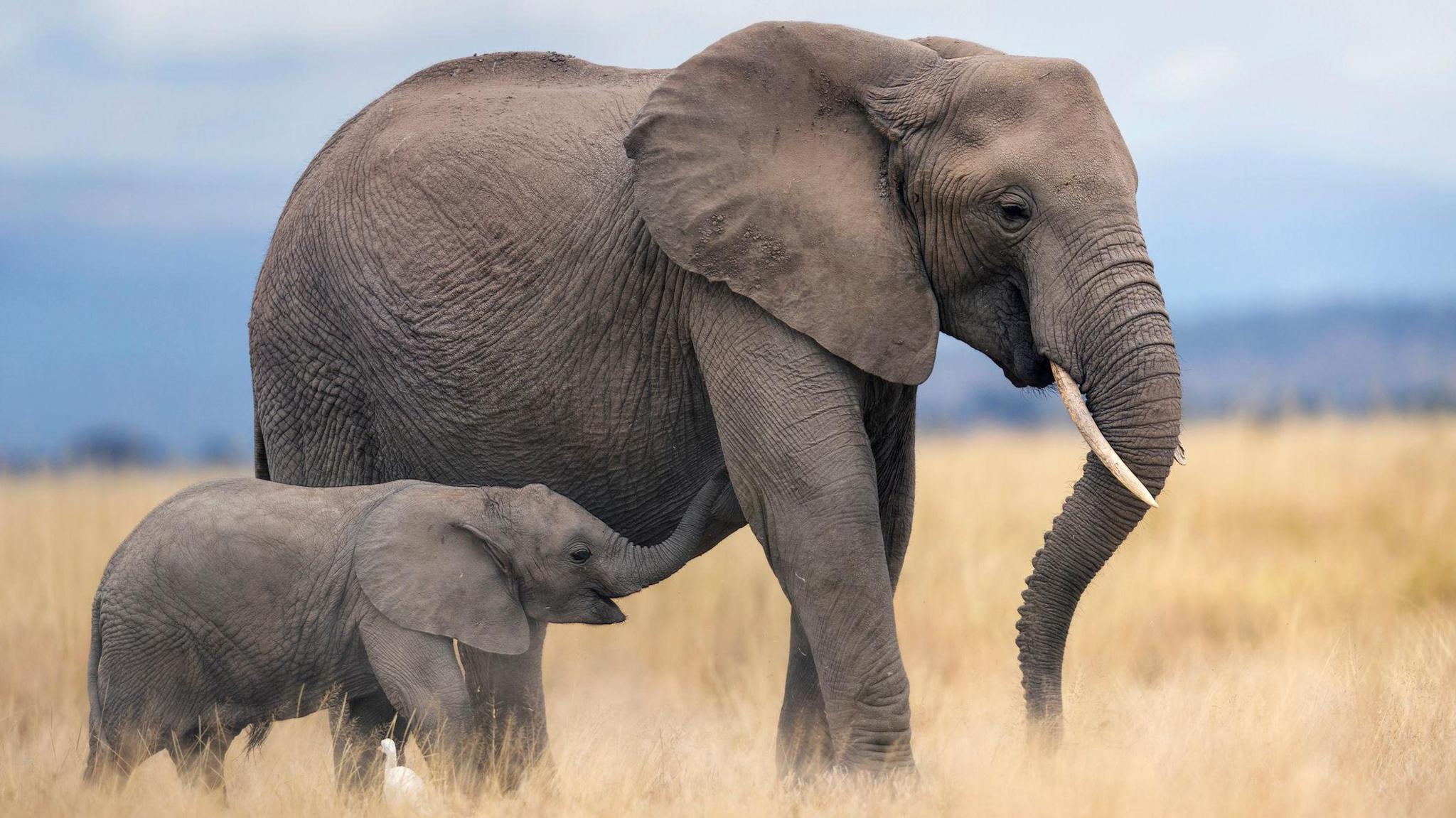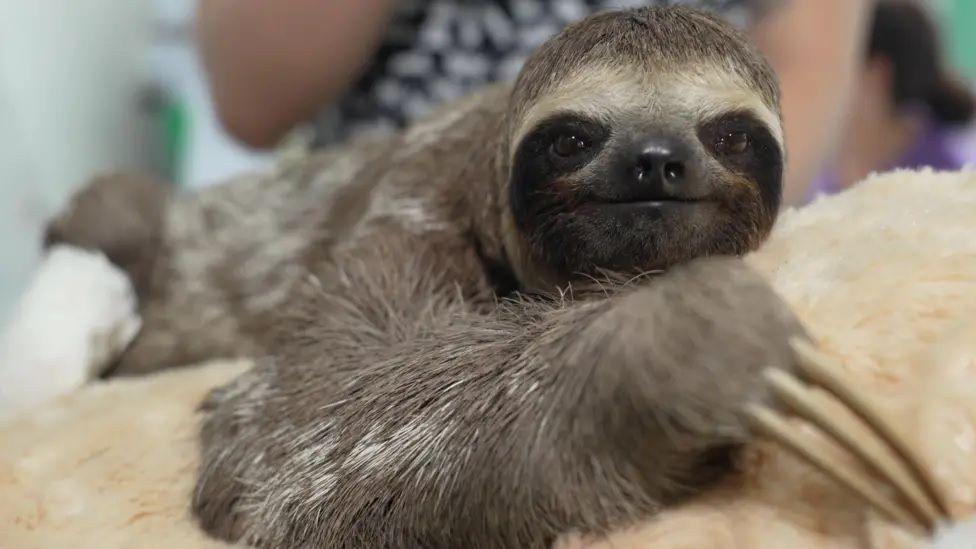The UK has its very first 'stork village'
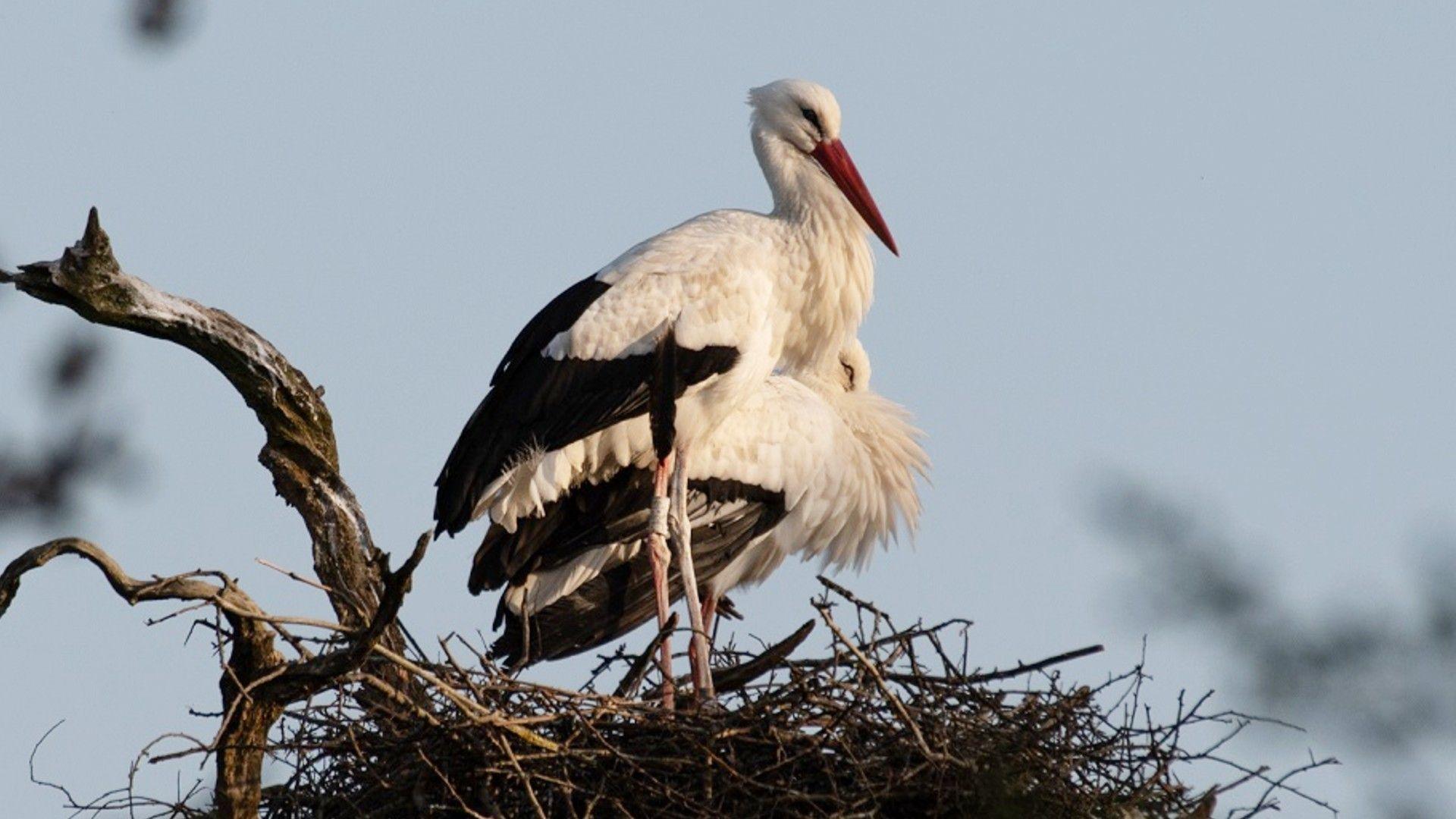
The UK has its first 'stork village'
- Published
Have you ever seen a stork before?
No, they aren't just made-up creatures delivering babies around the world!
In fact storks, known for their white feathers and super-long orange beaks, were breeding birds commonly found in Britain once upon a time.
But the giant birds became extinct here more than 600 years ago, with human activities affecting their habitat and causing their numbers to fall.
Now the storks have returned thanks to a conservation project, with the town of Storrington in West Sussex and the nearby Knepp estate being named a 'European stork village'.
More bird stories
First stork chicks for 600 years hatch in the UK!
- Published17 May 2020
How you can help endangered birds in your garden
- Published24 March 2022
Do birds have travel buddies?
- Published10 September 2024
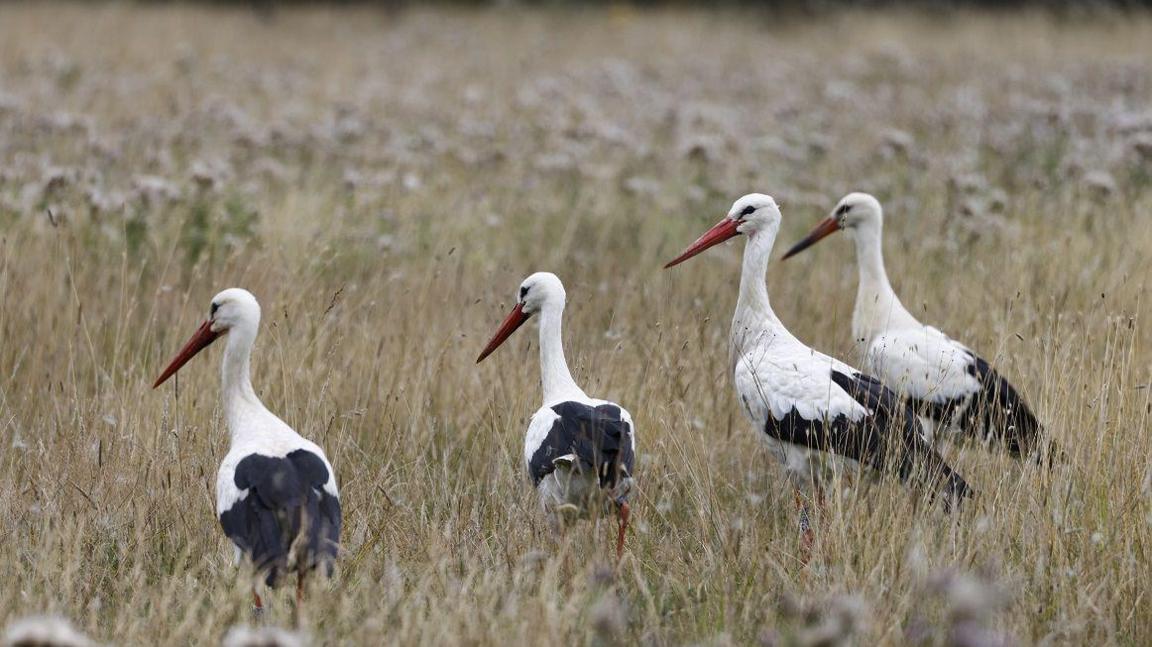
It's a big deal as Storrington and Knepp are now part of a group made up of 15 other villages across Europe which have been recognised for the work they are doing to protect storks and limit the impact of habitat loss on the birds.
"We're the first place in the UK to be named a European Stork Village and we're really proud and excited to be working with brilliant conservation organisations and communities across Europe," Laura Vaughan-Hirsch who is the project manager for the White Stork Project told Newsround.
The White Stork Project began back in 2016 with a group of white storks that could no longer fly. These birds were brought over from Poland and kept in a huge enclosure to protect them.
The space had everything they need, including a pond and a meadow for them to forage for food.
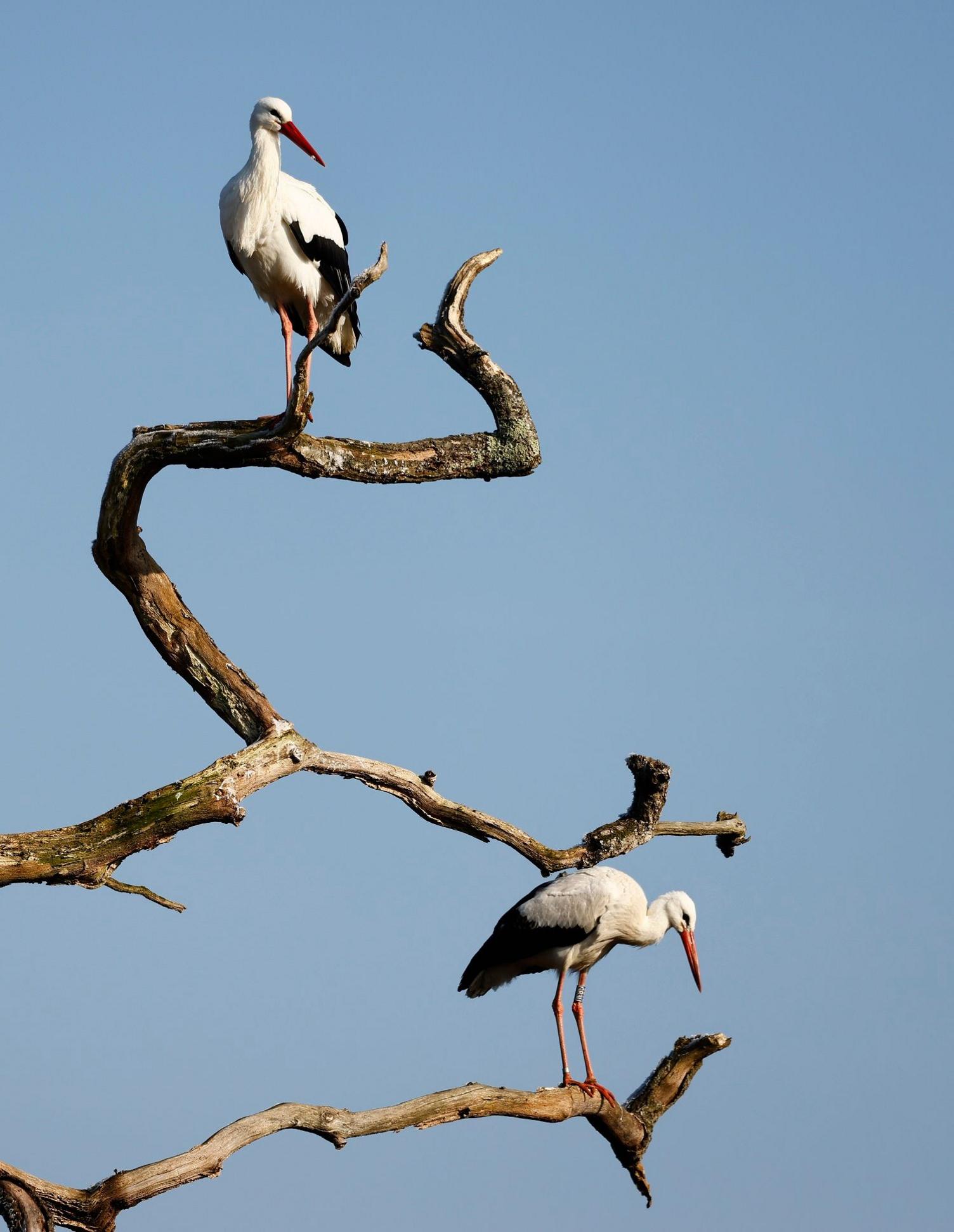
Stork numbers in the UK have increased drastically since the Stork Project began
"White storks need quality habitat, including clean water and lots of insects which they eat," Laura explained.
"Protecting white storks means improving the quality of habitat, which benefits many different species."
More birds which had been bred in the UK were eventually sent to Knepp, adding to the number of storks.
After getting used to their surroundings, these birds were released and are able to fly around freely.
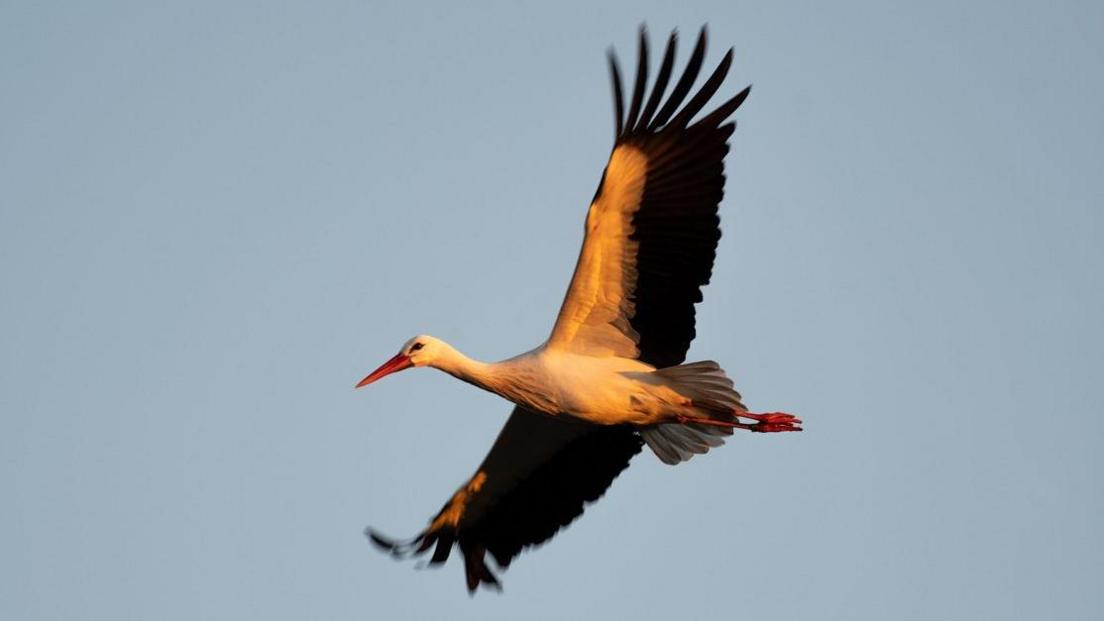
Like many birds, storks that are able to fly migrate to warmer climates ahead of the winter months
The end of 2024 saw an impressive 27 nests from breeding pairs of storks. These came from both free-flying birds which made their nests in mature oak trees and non-flying birds which make their nests on the ground.
In total 53 stork chicks were born from those nests, double the number from the year before.
"White storks are a large charismatic bird that you don't need a fancy pair of binoculars or an expensive camera to see.
"We hope they draw more people into thinking about nature," Laura says.
"We also hope the stork will help communities to connect with each other, not just across counties in the UK, but over counties and even continents."
More of the latest
- Published18 March

- Published17 March
